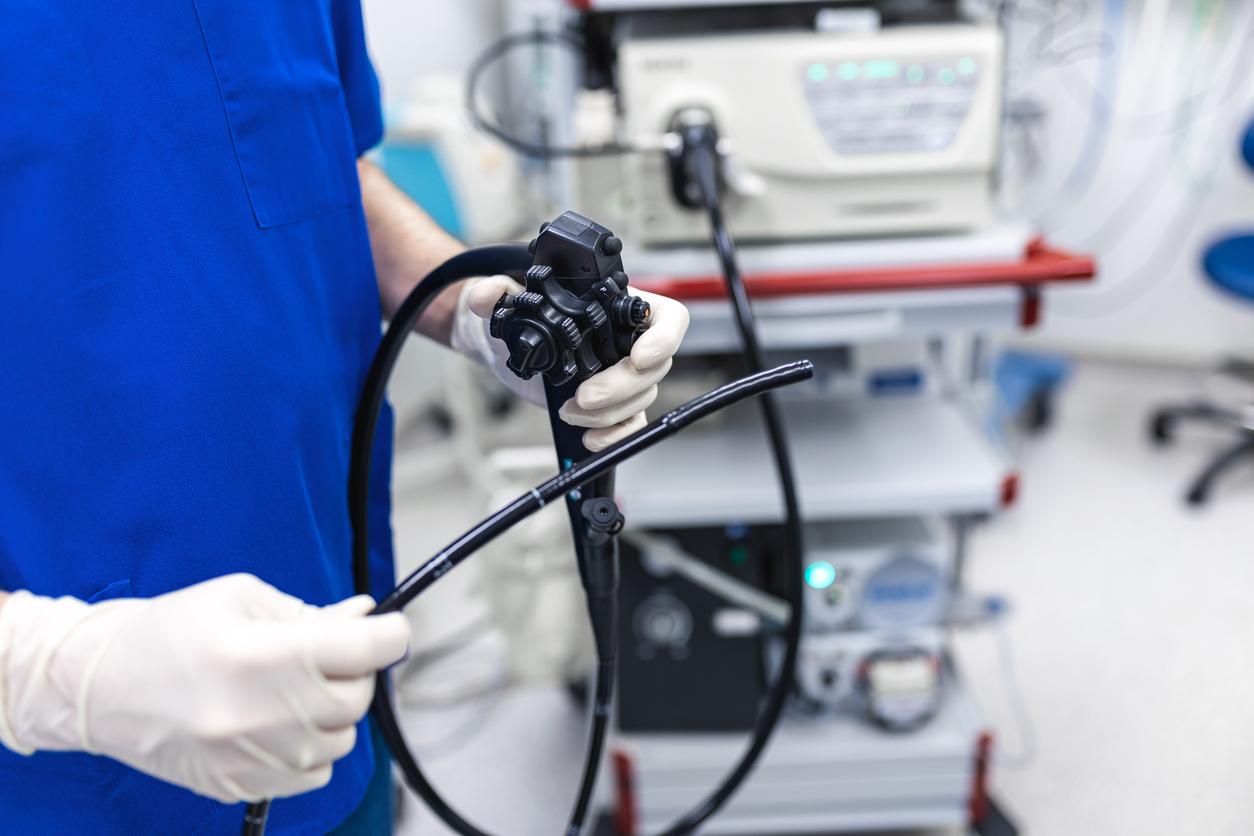Researchers have analyzed the types of polyps most at risk of becoming cancerous after colon cancer screening.

- Between the ages of 50 and 74, a screening test is strongly recommended every two years.
- In case of suspicion, a colonoscopy can confirm colon cancer.
- The polyps most at risk of becoming cancerous were those with serrations larger than 10 millimeters.
Each year more than 47,000 people are affected by colon cancer in France, including around 26,000 men and 21,000 women, according to the national cancer institute. At the same time, there are more than 17,000 deaths related to this disease. Thus, the issue of screening is crucial.
A colonoscopy if colon cancer is suspected
In France, between the ages of 50 and 74, a screening test is strongly recommended every two years – and covered by Social Security – to see if there is blood in the stool. If so, a colonoscopy is done to find the source of the bleeding.
A polyp is involved in about 30% of cases, according to health insurance. According to the MSD ManualGenerally, colorectal cancer starts as a pimple-like growth on the surface of the intestinal or rectal lining, called a polyp. But, on the different types of colon and rectal polyps, not all of them turn into cancer.
Cancer: assess whether the polyp is at risk
In new study, researchers wanted to identify the polyps most at risk of becoming cancerous. For this, the researchers used the results of 253,833 colonoscopies performed on people whose blood had been found in their stool.
Results: the polyps most at risk of becoming cancerous were those with serrations larger than 10 mm, but there were also adenomas (benign tumor) of the same size, as well as lesions and adenomas called “serrated sessile“.
Thus, the authors conclude that the risk of colorectal cancer was higher in people with high-risk serrated polyps with the presence of high-risk adenomas and in those who had high-risk serrated polyps without high-risk adenomas.
These results provide doctors with better knowledge so that they can determine the best possible treatment depending on the type of polyp or adenoma from which the patient suffers.


















